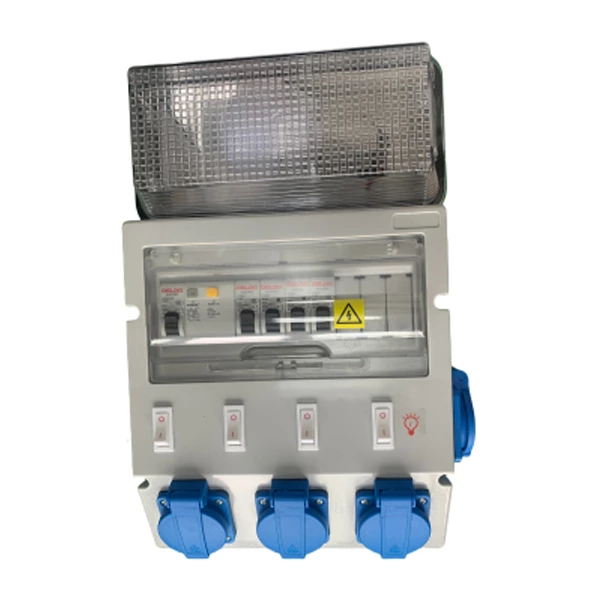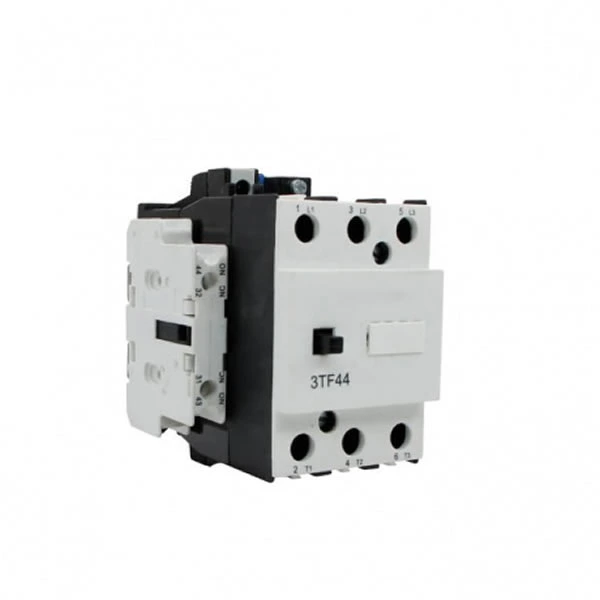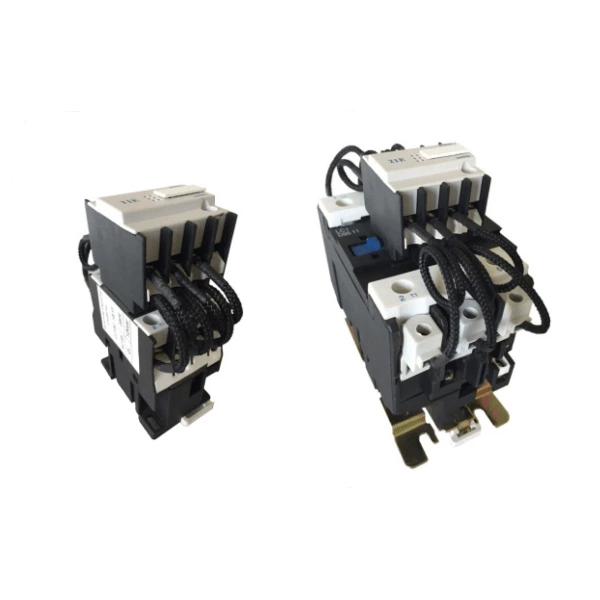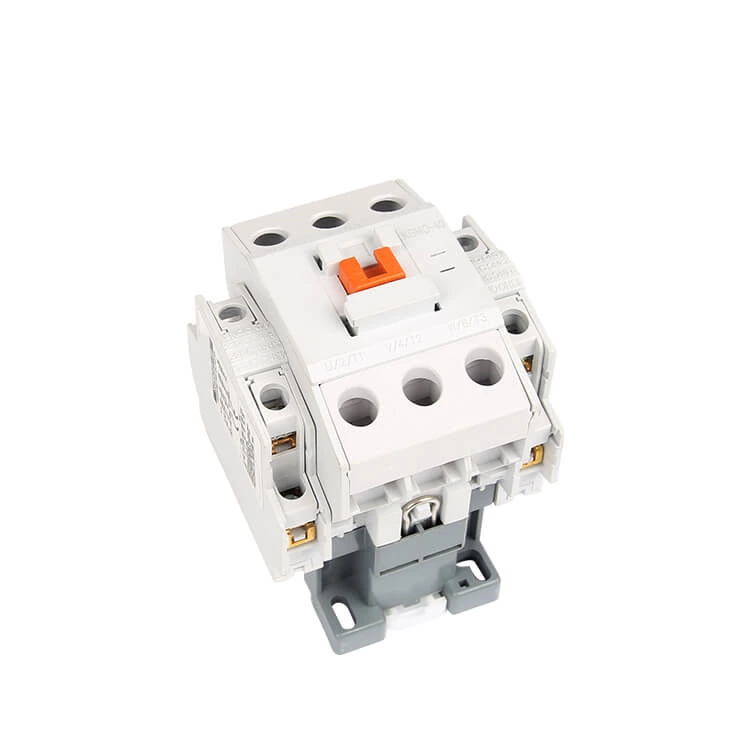South African Sans 10142 Standard: Detailed Explanation Of Grounding And Lightning Protection Requirements For Lighting Electrical Ready Boards With Bulkhead
The SANS 10142 standard in South Africa is a key specification in the field of electrical installation, which provides clear requirements for grounding and lightning protection of lighting electrical ready boards with bulkhead, aiming to ensure the safety of personnel and equipment and ensure the stable operation of electrical systems.
In terms of grounding requirements, this standard stipulates that lighting electrical ready boards with bulkhead must be equipped with a reliable grounding system. For TN systems, the grounding resistance is usually required to be no more than 4 Ω; In TT systems, the grounding resistance is generally not greater than 100 Ω. Reliable grounding ensures that in the event of an electrical fault, the fault current quickly flows into the ground, avoiding electric shock to personnel and equipment damage. For example, when a short circuit fault occurs in the lighting electrical ready board with bulkhead, the grounding system can introduce the short-circuit current into the ground, reducing the risk of the box being electrified. At the same time, the metal parts inside the electrical ready board with bulkhead, such as the installation plates, brackets, and metal casings of electrical appliances, must be well grounded. Bare copper flexible wires can be used to pass through transparent plastic pipes and reliably connect to the grounded metal frame to ensure grounding continuity.
In terms of lightning protection requirements, the SANS 10142 standard emphasizes that lighting electrical ready boards with bulkhead must have comprehensive measures to prevent lightning wave intrusion. If the low-voltage power supply is introduced using full-length cables or overhead lines with cables, it should be grounded through surge protectors in the main electrical ready board with bulkhead at the power introduction point. When the low-voltage overhead line is converted into a cable, the cable length should not be less than 15m, and a lightning arrester should be installed at the conversion point. The lightning arrester, cable metal sheath, insulator iron foot, and fittings should be grounded together, and their impulse grounding resistance should not exceed 30 Ω. In addition, overhead metal pipelines entering and exiting buildings should be connected to the grounding network of lightning protection or electrical equipment nearby or grounded separately at the entrance and exit. The impulse grounding resistance should not exceed 300 Ω to prevent lightning waves from entering the lighting electrical ready board with bulkhead along the pipeline.







